Professional food displays are a great way to showcase your products and tempt customers into making impulse purchases. The right display case will keep your food fresh and appetising all day long, while making a stylish addition to your foodservice business.
It’s important, however, to ensure that food is correctly stored and served. If you’re not maintaining the correct temperature in a hot or cold display or food is incorrectly handled, it can be contaminated with various nasties that might make your customers sick. Foodsmart Victoria has compiled a useful checklist to make sure you’re covered.
Food can become contaminated in a number of ways:
- Food poisoning bacteria can multiply if food spends too long in the temperature danger zone of 5°C to 60°C
- Mixing new and old batches of food can spread food poisoning bacteria
- Foreign objects that fall into, or come into contact with, uncovered food may contaminate it
- Poor food handling can contaminate food
- Customers may contaminate food if using self-serve displays
- Cross-contamination can occur if raw and ready-to-eat foods are stored in the same area
- Cross-contamination can also occur if utensils, surfaces or equipment come into contact with both allergenic and non-allergenic foods
- If hot food is not fully cooked before being placed in hot holding units, food poisoning bacteria will increase in large numbers and may cause food poisoning
- If hot food is held at lower than 60°C, bacteria can multiply and cause food poisoning
- If high-risk cold food is stored near lights on the cold display unit it may become too warm, which may cause food poisoning bacteria to multiply
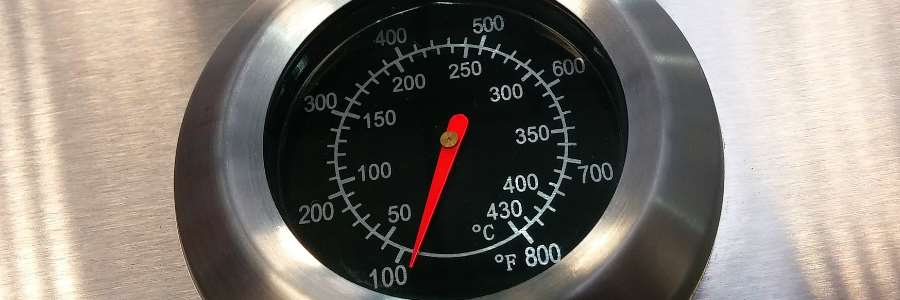
Safe Storage Temperatures
Maintaining the correct temperature in your hot and cold food displays is vital to ensure food poisoning bacteria does not grow over time. This can happen if holding units break down, are not turned on, or are not set at the correct temperature. Here are the specific temperatures you’ll need to maintain for hot and cold food.
Remember: the temperature should be measured regularly (at least one per day)
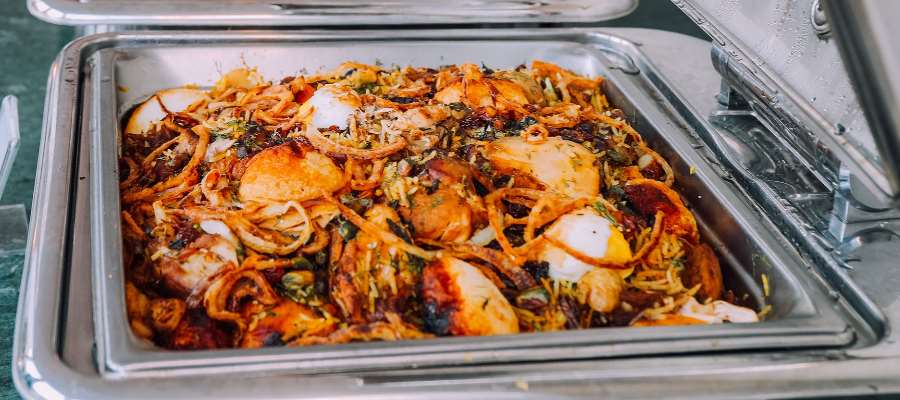
Hot food
Hot food should be stored at 60°C or hotter. If food sits at less than 60°C for less than two hours you should:
- Reheat it to 75°C or hotter, serve it immediately and discard any leftovers, or
- Reheat it to 75°C or hotter, maintain it at 60°C or above during service and discard any leftovers, or
- Cool it to 5°C or colder and refrigerate it
Remember: You should only reheat food once.
If the temperature of the food is less than 60°C for any longer than two hours, it should be discarded immediately.
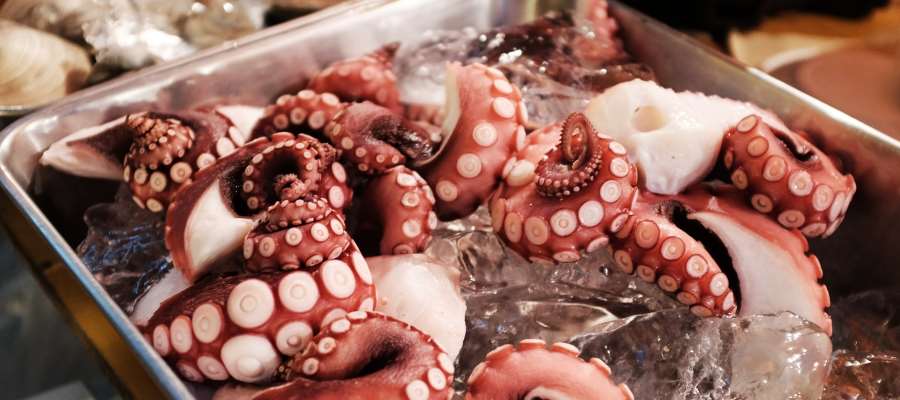
Cold food
Cold food should be displayed at 5°C or below. If the temperature of cold food is greater than 5°C for:
- Less than two hours, use the food immediately or return it to refrigerated storage
- More than two hours and less than four hours, use the food immediately
- More than four hours, discard the food
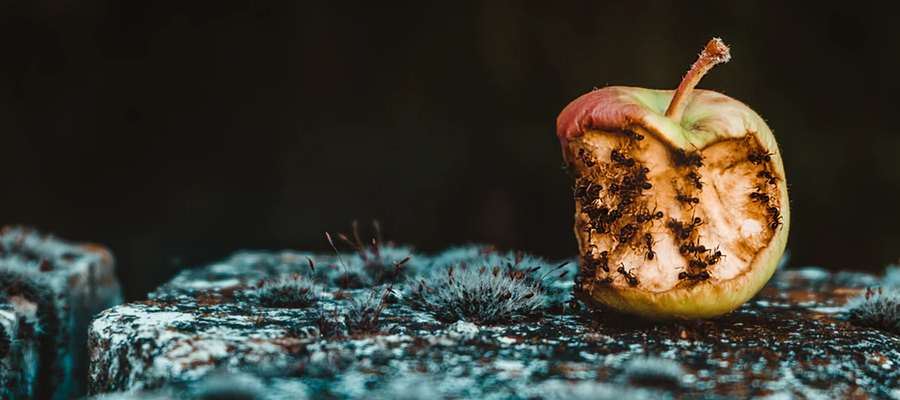
Contamination
There are several ways food can be contaminated, with potentially dangerous results. The easiest way to ensure this doesn’t happen is to be conscious of the need for physical barriers between raw and cooked food, food utensils, and fresh batches of high risk food. Let’s start with general display and serving practices.
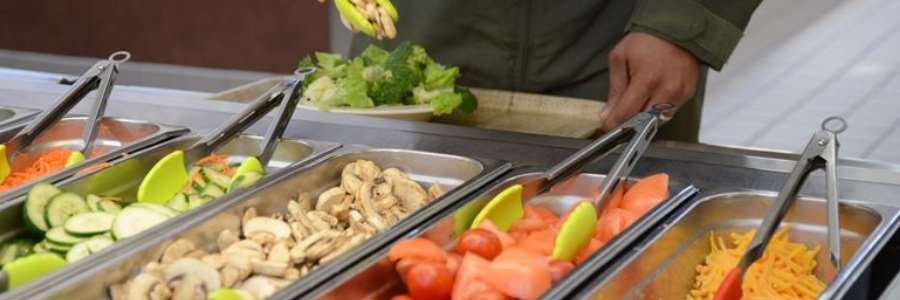
Preventing food display contamination
- Use separate display units or physical barriers between raw and cooked or ready-to-eat foods
- Ensure a different serving tool or utensil is used for each food item or dish
- Make sure food displays, utensils and cloths are clean and sanitised before use
- Replace soiled cloths and serving utensils regularly during service
- Do not re-use single-use items, including straws, paper towels, cups and plates
- Make sure food is protected and/or covered where appropriate
- For packaged food, make sure the packaging is not damaged or broken
- Use clean, dry labels on food and garnishes
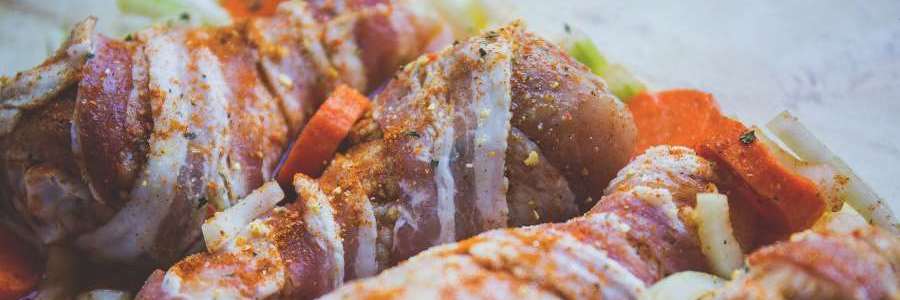
Preventing cross contamination of food with food poisoning bacteria
- Never reuse high-risk food that is either cooked or ready-to-eat
- Replace food displays with completely fresh batches of food
- Never mix old food with fresh batches of food (things like salads, sandwich ingredients etc.)
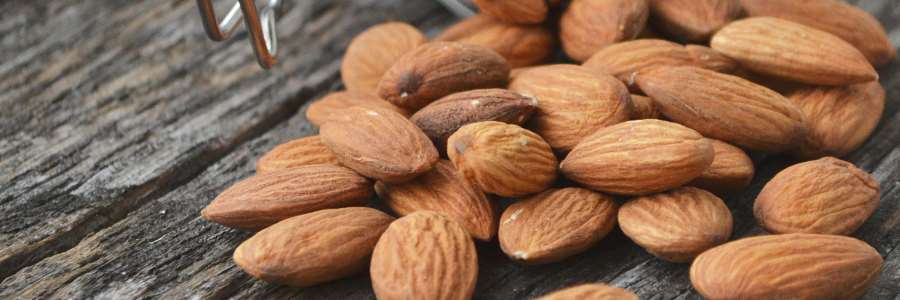
Preventing contamination by allergens
- Ensure that unpackaged and ready-to-eat foods containing known allergens are stored, processed and displayed separate from other foods
- Use separate utensils for any food that may contain allergens
- Train staff so they’re aware of the risk of allergens and can handle and serve food in a way that prevents contamination
- Ensure accurate information about ingredients is available for customers with allergies or food intolerances
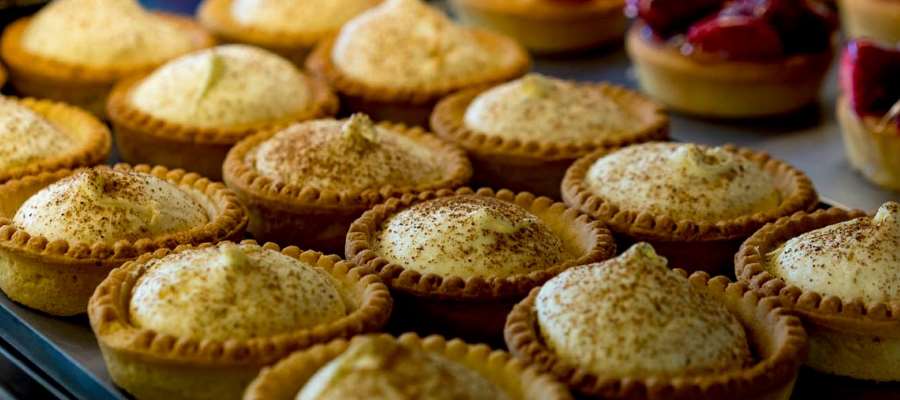
Shelf-stable food and drinks
Some food products don’t need to be refrigerated to stay safe for human consumption. An obvious exception would be things like cakes and fresh pastries. While these would be appropriate to display and serve at room temperature, care should still be taken to ensure contamination doesn’t occur.
Drinks are another obvious choice for display, especially in quick service restaurants. With the exception of milk-based and fermented beverages, fresh juices and other perishable liquids these tend to be quite shelf stable, but you’ll always want to serve drinks nice and cold for the best customer experience.
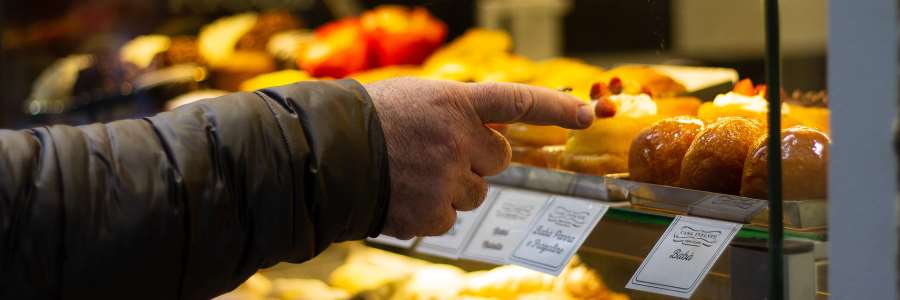
The last thing you want is for your patrons to get sick from eating food you sold them: while compliments are occasionally shared, complaints spread like wildfire, so it’s important that you treat your products with the respect they deserve. By choosing the right hot or cold food display for your business you can ensure that your products are presented in their best light while remaining safe and delicious to eat.
Click out the link below to browse our full range of hot and cold displays. If you’ve got any questions about how to display and serve your particular menu items (including cakes and fresh pastries), contact us and we can discuss a solution that will suit your specific needs.
